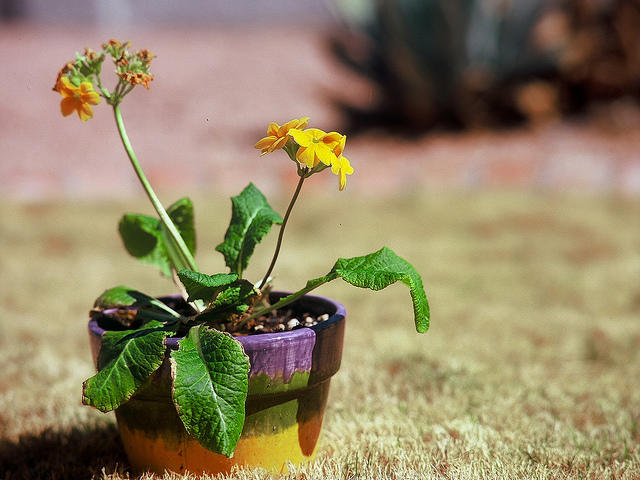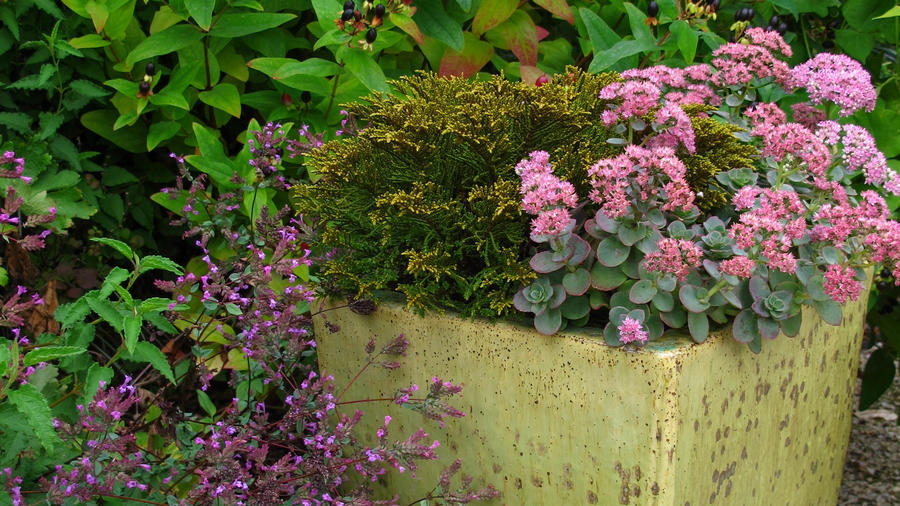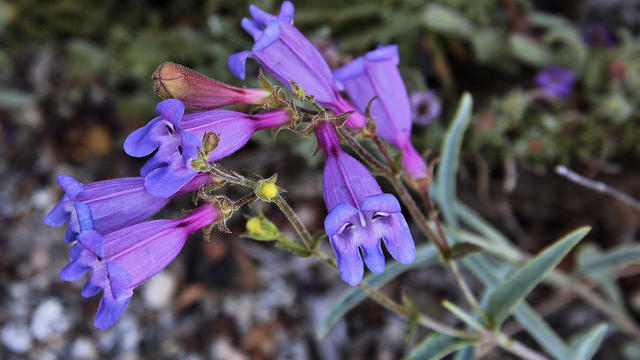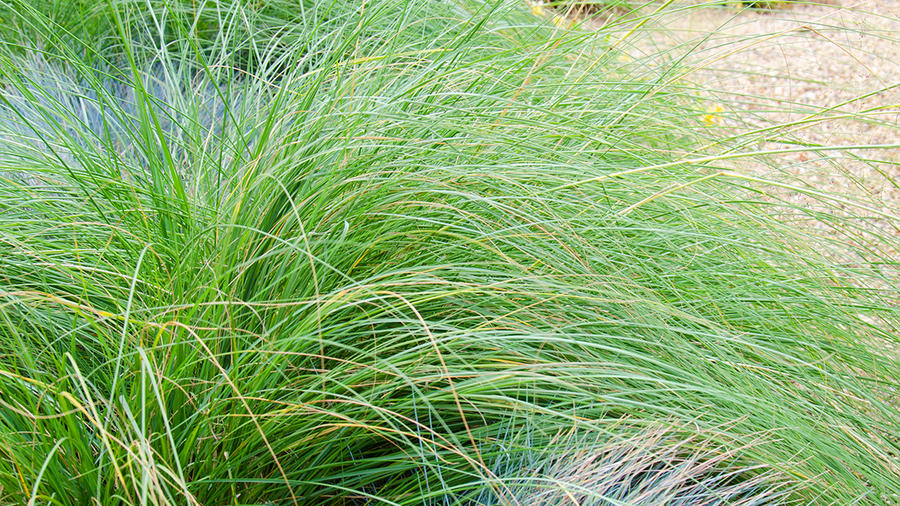
Fall Gardening: 4 Drought-Busting Plant Combos for a Cooler Planet
Don’t stop watering your lawn and plants. Take a fresh look at drought-tolerant gardening with our tips.

Not to beat a dead lawn, but as summer temperatures were rising after two winters in a row of very low rainfall, the drought was never far from our minds in the West. So we reduced how often we watered our gardens … and lawn-shaming became a sport.
But here’s the rub: Not watering our gardens—and allowing them to die—only heats up the planet faster. So if you’re thinking about planting a fall garden that will thrive and conserve water at the same time, choose native plants that are “unthirsty” once established. Here are some of my favorite combos:
1. Trick the eye with deep greens. These bright plants only look lush as they spill over a stacked natural-stone wall.
2. Combine different types and heights of plants. A combo of native grasses, perennials, and shrubs will help you establish a green cover while reducing the total amount of water your garden needs. Note: Because these varied varieties have different water needs, working with them in a side-by-side grouping requires a bit of know-how—but experimenting and learning are exciting parts of gardening.
3. Be butterfly-friendly with native nectar providers. There are many species of Penstemons and Salvias that provide nectar for butterflies—and pretty flowers for us—over long periods of time during the summer and into the fall. Once established, they use far less water than non-native flowering perennials. Why? They are adapted to our seasonal cycles of wet winters and dry summers. So even though our past two winters have been increasingly dry, Western natives will persevere because they long ago figured out how to survive in dry conditions.
4. Plant more grass—native grass. Whether as a meadow or a border, native grasses such as Fescue, Carex, Agrostis, and Deschampsia will all survive on minimal monthly watering once established. Pepper in some native flowers such as California poppy, Clarkia, and Mimulus for a spectacular garden show that will flower from February through November.
All of these plants will stay lush with little water—and help to keep our planet cooler without taxing its resources.
Guest blogger Andrea Hurd is the award-winning landscape designer behind the Bay Area’s Mariposa Gardening & Design.




